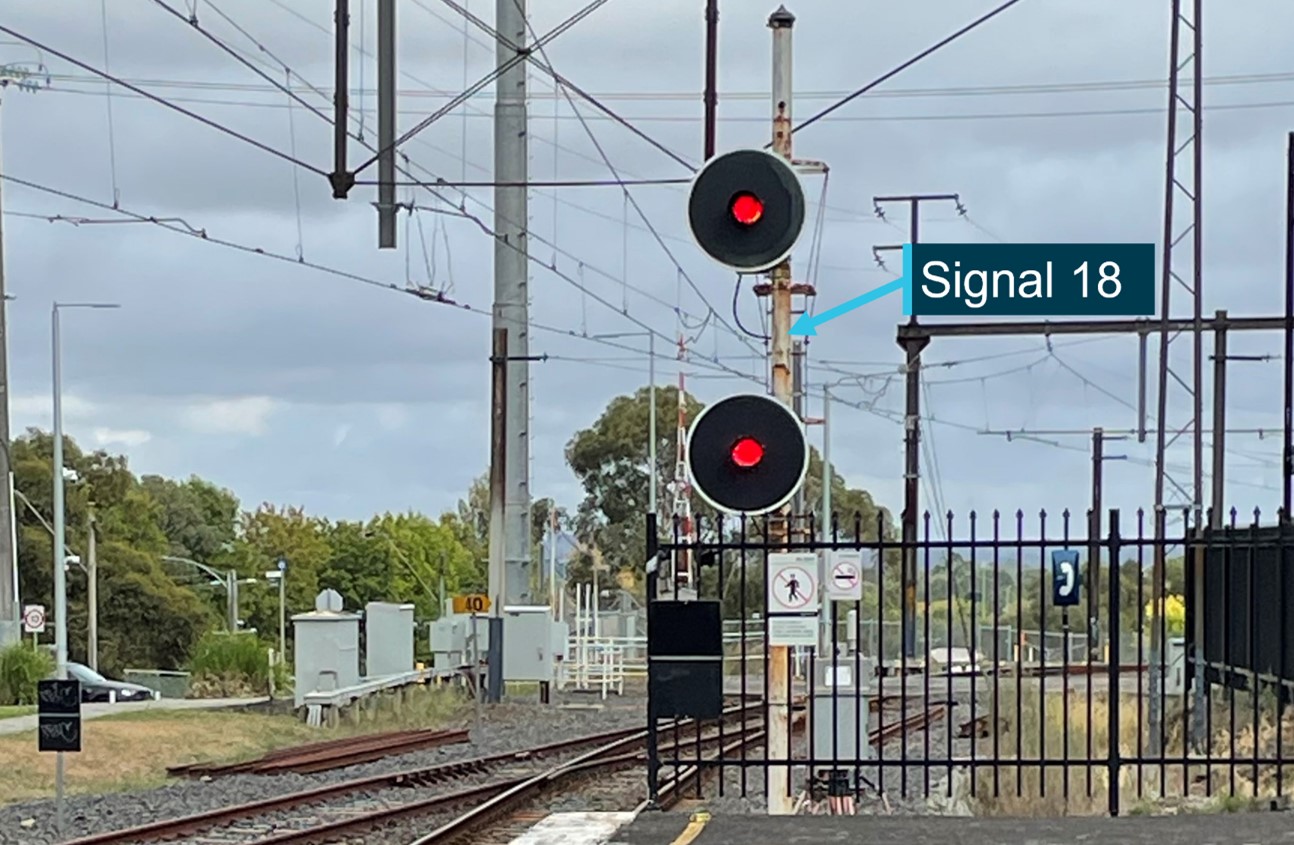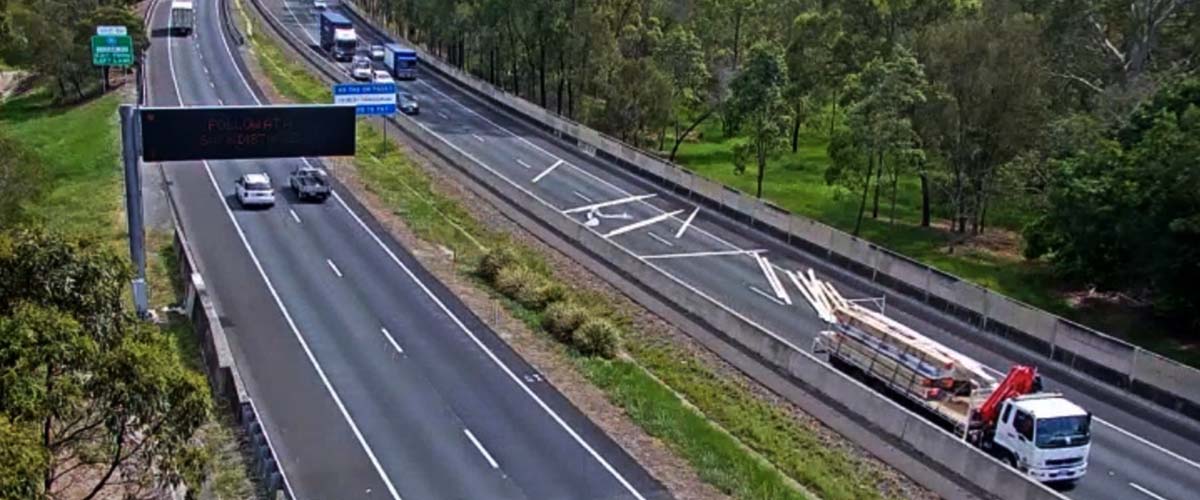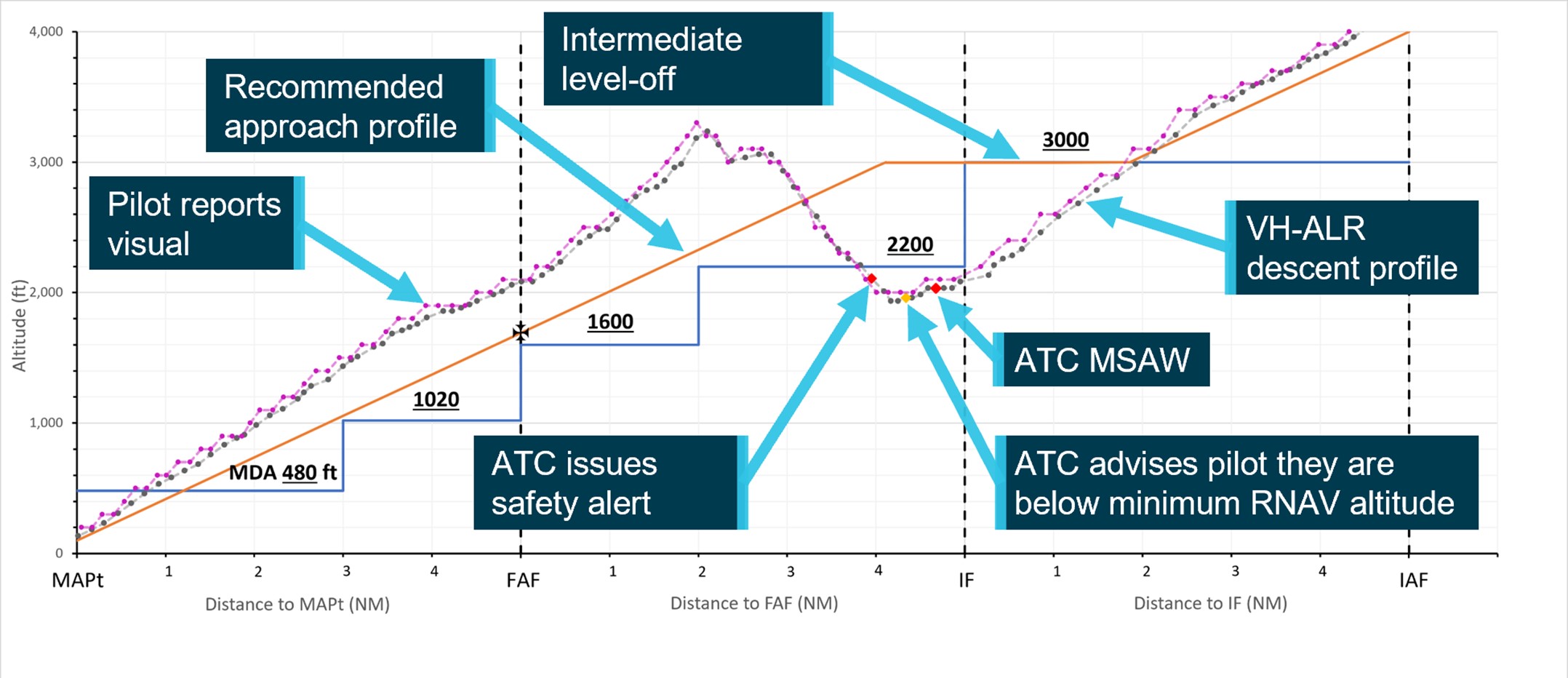This month’s Budget is all about addressing inflation and cost‑of‑living pressures in the here‑and‑now, at the same time as we build a more productive, dynamic and resilient economy.
To do this, we need to better attract and facilitate and deploy the right kind of investment.
Public investment will be substantial and important, but it needs to facilitate and incentivise private investment not replace it.
As part of this, we will overhaul Australia’s foreign investment framework to make it work better for investors, our economy, and our national interest.
Our reforms will strengthen the regime where we need to, streamline it where we can, and make it more transparent.
This is all about boosting and bolstering our economic security and attracting the investment we need in our economy.
By providing more clarity around sensitive sectors and assets, our reforms will give businesses and investors greater certainty, while safeguarding our national security.
Australia welcomes foreign investment, and it is a big part of Australia’s economic success, but only when it’s in our broader national interest.
We processed around 1,500 commercial investment applications in the last year alone and our levels of foreign direct investment have sat above the OECD average since 2006 – boosting innovation, skills development, and helping to drive our prosperity.
But increasing uncertainty and the quickening pace of change in the global economy calls for a rethink of foreign investment and reform of our framework.
The reforms that I will announce today at the Lowy Institute will make our foreign investment framework much more robust.
We will achieve this through a stronger risk‑based approach to case assessment.
It will be stronger, because this better risk‑based approach will allow us to process and monitor more complicated cases in a more effective, more robust, more efficient way.
We will dedicate more resources to screening foreign investment in critical infrastructure, critical minerals, critical technology, those that involve sensitive data sets, and investment near defence sites, to ensure that all risks are identified, understood and can be managed.
We will bolster Treasury’s foreign investment compliance team, to better monitor and enforce the conditions we put on these transactions – including a new capability to undertake on‑site visits – which will support the use of my call‑in power to review investments that come to pose security concerns over time.
We will tighten up the tax guidance and enhance the ATO’s capacity to assess and ensure that foreign investors pay their fair share of tax.
And we are working across government to ensure our framework can better deal with emerging risks and be more aligned with other regulatory frameworks.
We are also making the framework more streamlined, so that investors who we already know, who are making investments that don’t raise any sensitivities and who have a good compliance record, get decisions faster.
Quicker case assessment will be supported by a new target of processing 50 per cent of cases within the initial statutory timeframe of 30 days by January 2025.
To improve transparency, we are releasing today an updated foreign investment policy document that outlines our stronger risk‑based approach in more detail, including information on which sectors will attract more enhanced, effective and efficient screening, as well as the new fast‑tracked process for low risk investors that will come into effect on July 1.
To make our economy even more prosperous and productive, to safeguard our national security and to make the most of the defining decade ahead, we need to get our investment settings right and that’s what our foreign investment reforms are all about.
These changes will boost our economic prosperity and safeguard our economic security in an increasingly uncertain and rapidly changing global economic environment.








